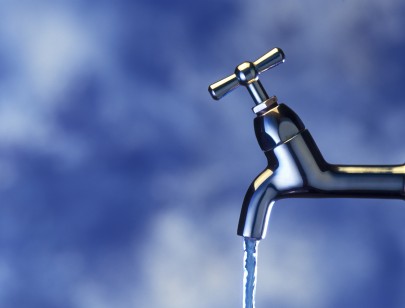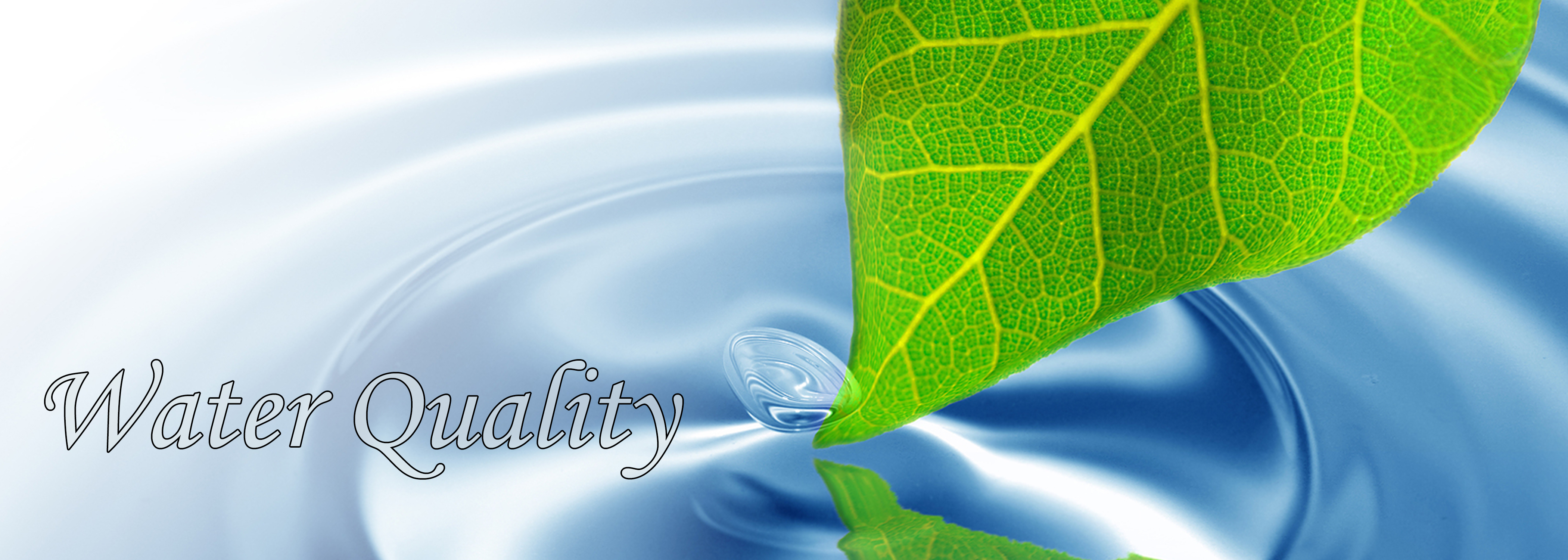Tap Water Quality

It is no secret that drinking water is one of the most vital element in the everyday lives of human beings. As a result, the quality of our water intake plays a significant role in our health. Needless to say that poor water quality is one of the major sources of dangerous and deadly diseases around the globe. Now, many are of the belief that the purification process that tap water normally goes through is sufficient, and will provide safe, healthy drinking water. Quite simply, this is not the case. Tap water comes from various sources, only some of which can be determined with certainty. These include underground water from wells and aquifers, as well as surface waters such as streams. With this variety of input, our tap water becomes exposed to an astounding number of harmful contaminants, many of which have not yet been discovered. There is also the issue of old and worn out plumbing, that can cause extremely dangerous contaminants like lead to contaminate tap water. Furthermore, extensive testing, based on up-to-date water analysis procedures, show that the tap water delivered to home owners can contain up to 300 different contaminants; some of which are known causes of cancer, and a myriad of other diseases and health problems.
One of the most prominent contaminants that is almost always seen in tap water worldwide is chlorine. Chlorine is initially added at municipal water treatment plants to kill off any harmful pathogenic bacteria that may exist in the water. However, Chlorine tends to destroy other forms of helpful bacteria as well. This means that when the water enters our digestive system, the chlorine begins to eat away at the bacteria that assist in the body’s digestive procedure. Other adverse effects of chlorine entering the human body include damage to the immune system, as well as creating suitable conditions for cancer development in the body.
Another common contaminant in tap water is fluoride. Fluoride is known for its ability to prevent cavities and strengthen teeth, but when it finds its way into our drinking water, many issues arise. Upon consumption, fluoride reacts with other bodily fluids as a neurotoxin and can cause irreversible brain and cognitive equilibrium damage.
An increasingly large category that is continually on the rise is pharmaceuticals. On average, there can be up to 60 different pharmaceutical drugs in a given home’s tap water. These contaminants are the result of medicinal waste that is not properly filtered during sewage treatment. Because of this, when drinking tap water, you expose yourself to anything from blood pressure medicine to steroids. Click here to view CNN’s report on pharmaceuticals in tap water.
Other potential tap water contaminants include, but are not limited to:
| Contaminant | Source of Contamination |
|---|---|
| Lead Poisoning | Plastic pipelines containing lead based stabilizers |
| Cryptosporidium | Human and animal waste in our ego systems |
| E-coli | Bacteria form animal waste |
| Turbidity | Natural landslides |
| Bromated | Agricultural pesticides |
| Chlorine | Anaerobic water treatments |
| Halo Acetic Acids | Byproduct of water disinfection process |
| Trihalomethanes | Byproduct of water disinfection process |
| Chloramines | microbiological treatment additives |
| Arsenic | Industrial landfills and soil contamination |
| Asbestos | Construction waste and landfills |
| Cadmium | Waste from automotive and paint industries |
| Copper | Industrial landfills from HVAC plumbing |
Nitrites, nitrates, detergents, pesticides, parasites, PCBs, herbicides, asbestos, radioactive contaminants, metal ions, aluminum, barium, cadmium, chromium, mercury, perchlorate, radium, selenium, and sliver have also been commonly seen in tap water analysis reports. When the contaminants listed on this page come together, they often create lethal combinations that can cause various forms of cancer, diarrhea, cramps, vomiting, kidney and liver infections, and damage to respiratory tracts, neural systems, and the immune and digestive systems. Many individuals who become severely sick struggle to find the reason for their illness, when the culprit could quite easily be the water that they drink.
To learn more about the pursuit of safe, healthy drinking water, click here.
To read about the various methods of water treatment, click here.


